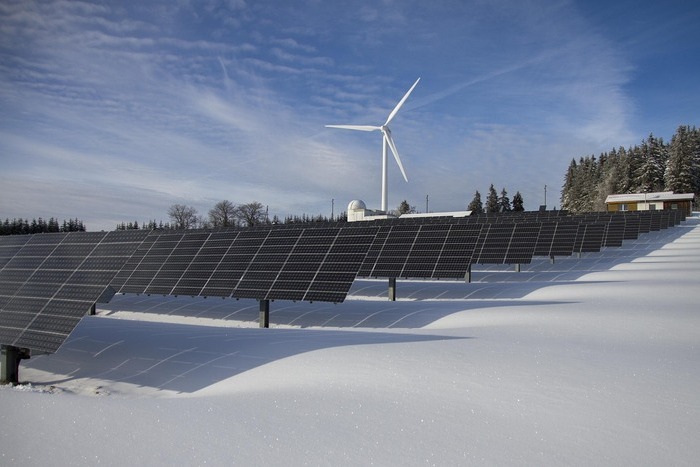India to emerge as second-largest renewable market as global clean energy capacity surges
A new report revealed that global renewable energy capacity is expected to more than double by 2030. The report titled, “Renewables 2025” by IEA, said that this doubling capacity will be driven by the rapid rise of solar PV and renewables’ expansion.
The report saw global renewable power capacity increasing by 4,600 gigawatts (GW) by 2030—roughly the equivalent of adding China, the European Union, and Japan’s total power generation capacity combined.
Solar PV will account for around 80% of the global increase in renewable power capacity over the next five years— driven by low costs and faster permitting timeframes— followed by wind, hydro, bioenergy, and geothermal. Additionally, rising geothermal installations are on course to increase in key markets, including the United States, Japan, Indonesia, and emerging and developing economies.
The report said pumped hydro-storage power is also expected to grow because of rising grid integration challenges, whose growth is expected to be almost 80% faster over the next five years than the others.
India is on the Way to Become the Second Largest Renewable Market
Emerging economies across Asia, the Middle East, and Africa, cost competitiveness, and stronger policy support are spurring faster growth of renewables, with many governments introducing new auction programmes and raising their targets. India is on course to become the second-largest renewables growth market globally, after China, and is expected to comfortably reach its ambitious target by 2030.
The report’s outlook for global renewable capacity growth is revised downward compared with last year, mainly due to policy changes in the United States and in China. The early phase-out of federal tax incentives, along with other regulatory changes in the United States, lowered the growth expectations for renewables in the US market by almost 50% compared with last year’s forecast. China’s shift from fixed tariffs to auctions is impacting project economics, resulting in a reduction in the forecast for renewables’ growth in the Chinese market.
The report said that these adjustments are partly offset by buoyancy in India, Europe, and most emerging and developing economies, where growth prospects have been revised upward due to ambitious new policies, expanded auction volumes, faster permitting, and rising deployment of rooftop solar.
The report highlighted that global supply chains for solar PV and rare earth elements used in wind turbines remain heavily concentrated in China, emphasising ongoing risks to supply chain security. While new investments are expected to diversify supply chains worldwide, the report noted that China will maintain a concentration of over 90% in key production segments through 2030.
Role of Renewables to Rise in Transport and Heating
The report also highlighted that renewables in transport and heating are expected to rise in the coming years. The share of energy used in the transport sector is projected to increase from 4% today to 6% in 2030. This growth is mainly driven by renewable electricity for electric vehicles in China and Europe, while biofuels are expected to contribute to growth in Brazil, Indonesia, India, and other key markets. Furthermore, renewables’ share of energy used globally to provide heat for buildings and industry is set to increase from 14% to 18% over the forecast period.
About The Author
You may also like
Renewables are Cutting Down Power Prices Globally: Report
India’s PLI Drives Growth in Solar Manufacturing Sector: Report
Global coal demand growth rate slows down as China shifts to renewable energy: Report
BlackRock plans to invest ₹3,000 crore in Aditya Birla Renewables
In 2025, costs of storing renewables with batteries have fallen to its lowest ever: Report

